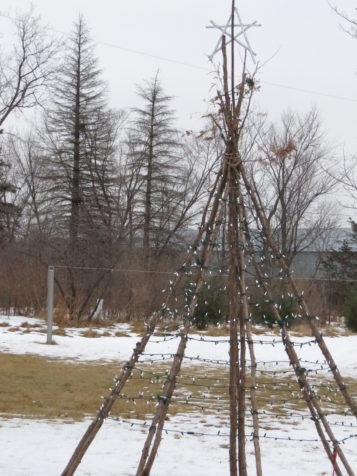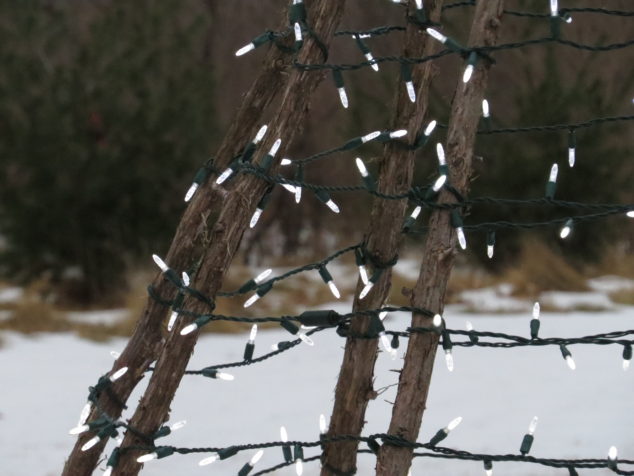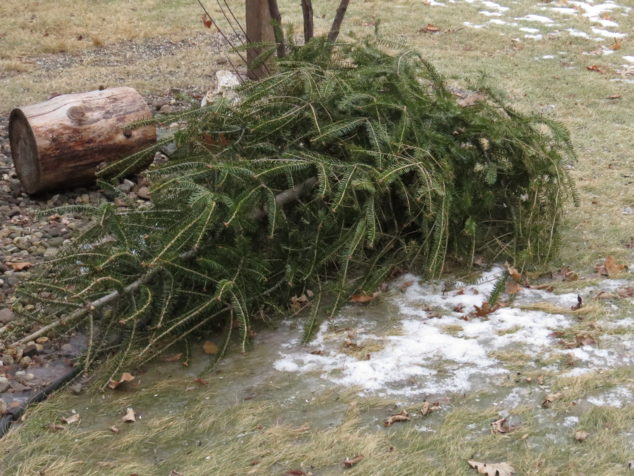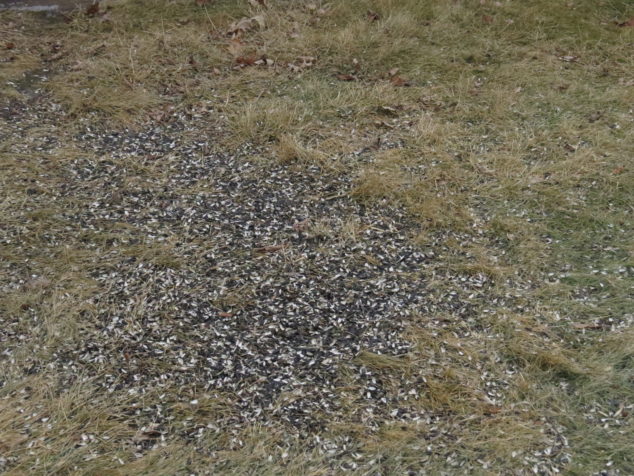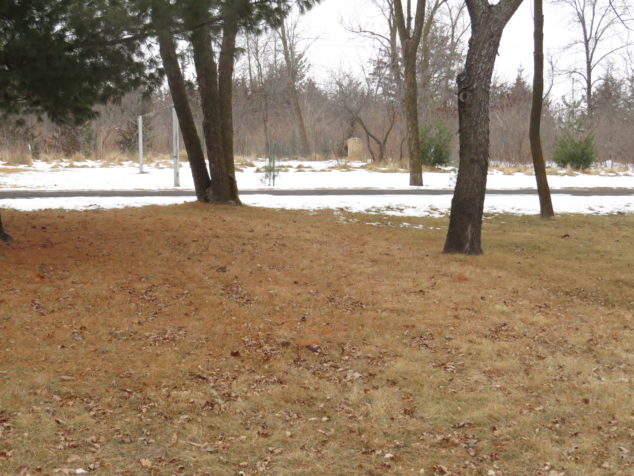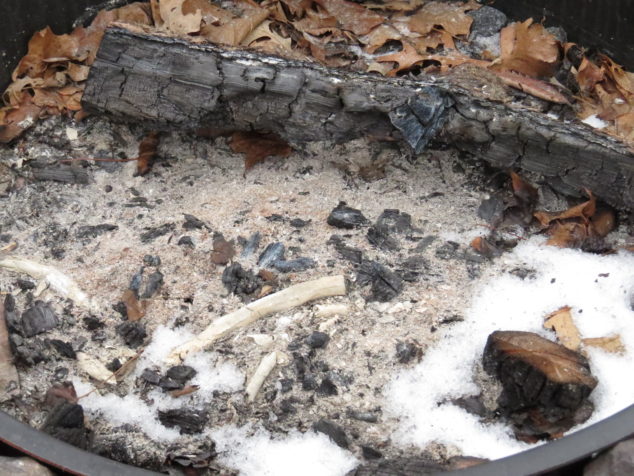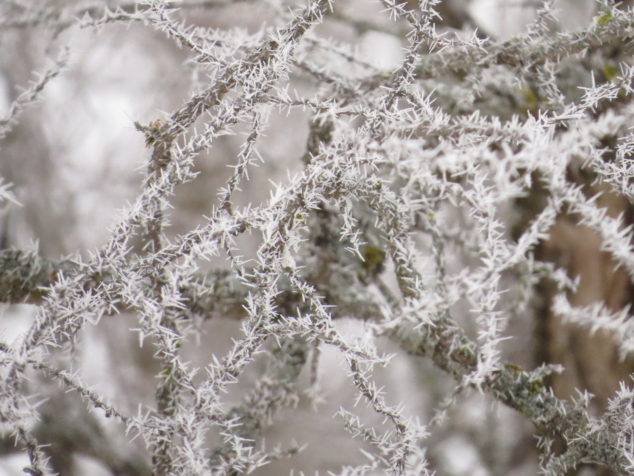I have a tendency to hold on to things. Not so much in the sense that I will be able to use a certain item at a future time or for a future project but as a snapshot of what my life was like at a particular time. I kept a blow-up orange that my Dad brought back from Florida for each of us kids when he was driving truck cross-country. I have a piece of rock from the outcropping where Chris proposed to me. I have priceless pictures and tiny clay sculptures from when the kids were little. They are all in boxes now, tucked away from sight and mind on a daily basis. But they are there if I want to revisit those times. Holding something in my hand that represents a certain time in my life gives physical reality to the past.
At this time of year with the passing of an old year to a new one, we each get to decide what to keep from the past and what to purge. It is not a stretch to say that everyone was glad to see 2020 go. What a crazy, chaotic, Covid year. But we can’t just throw it all out and pretend it didn’t happen. There were memorable, deeply moving moments that should be remembered and cherished. There were a myriad of important lessons to be learned. But what about the garbage, the refuse, and the rubbish of the past year? What about the things that have hurt us, held us back, or no longer nourish our life? Burn them. Literally or figuratively or both, send them into the flames of a fire.
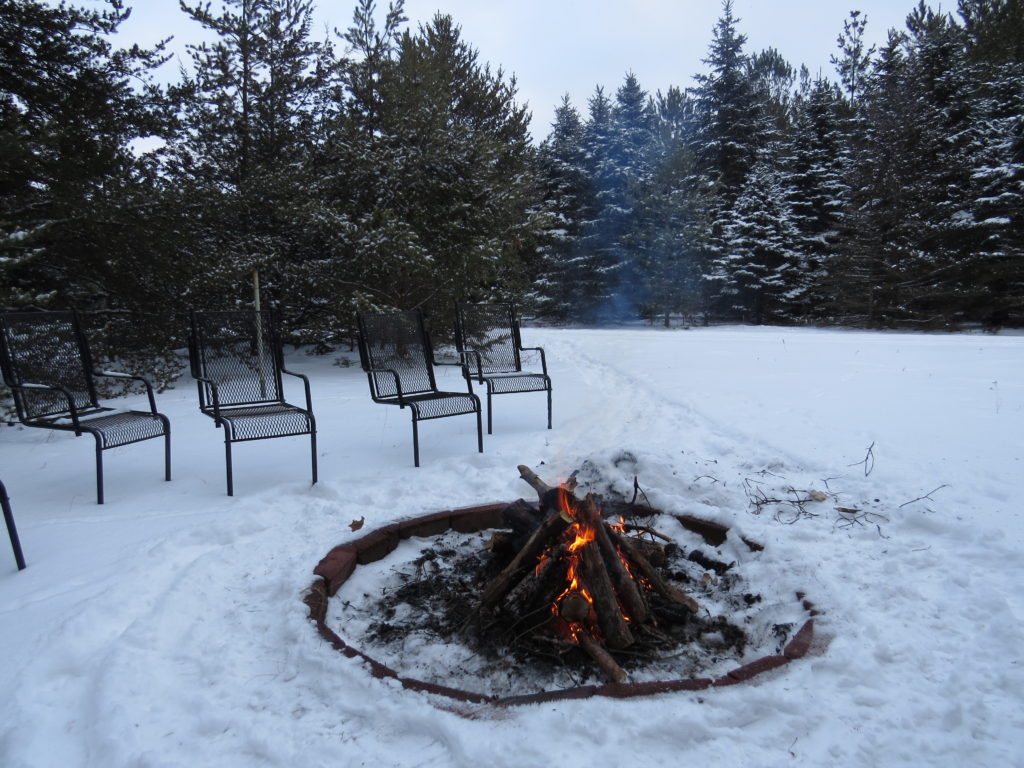
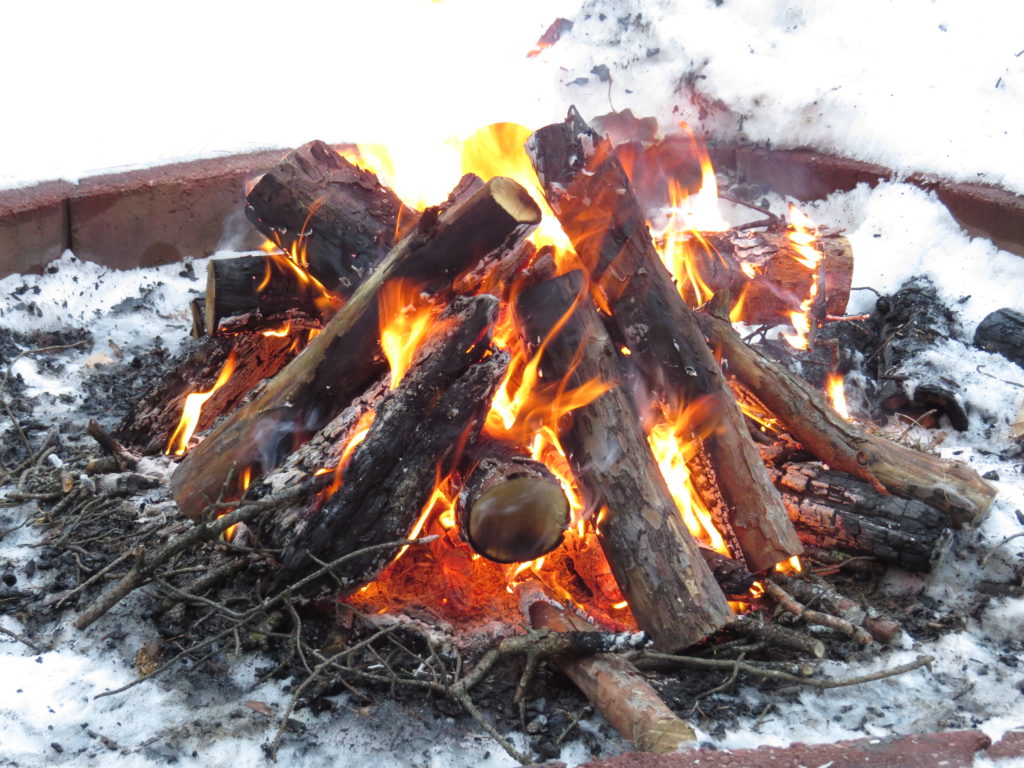
We spent a number of our New Year’s hours building and tending a fire. It was a still day, a perfect fire day when the smoke ascends straight up to the sky. There was no shifting and moving to keep the smoke out of our eyes. We were clear-sighted and clear-headed. The trees around us still held their embellishments of fluffy snow—their holiday season decorations.
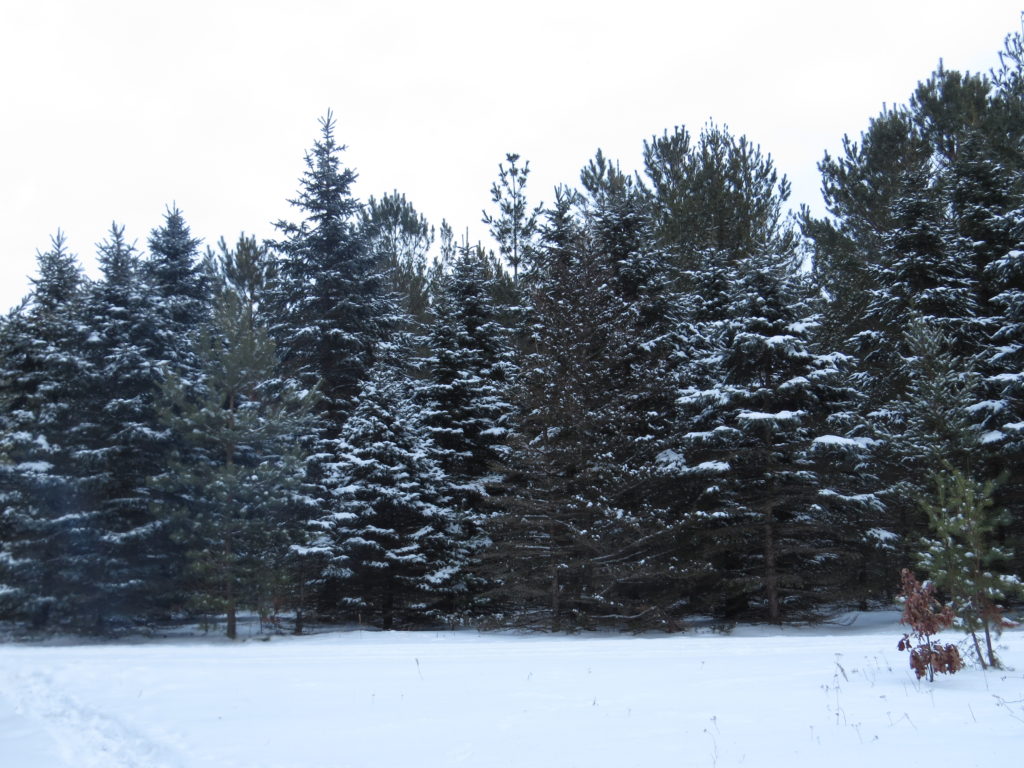
Old discarded needles fell among the vibrant green ones that sustain the tree. And a seed-containing cone had started the process of drying and opening for the dispersal of the next generation. Past, present, and future.
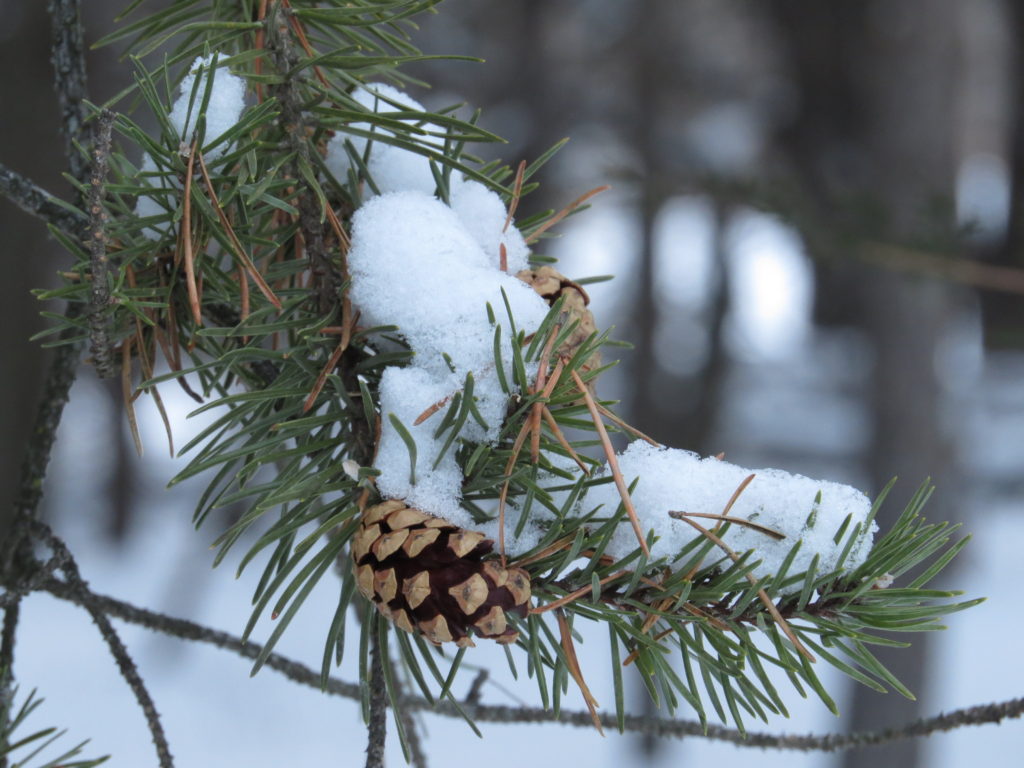

Fire, like any element of Nature, can be life-giving or destructive. There needs to be parameters, limits, containments, and safe practices in order for it to be life-giving. Fire becomes destructive in the hands of a maniac who has no regard for rules or for others. Power of any kind, like fire, can move from helpful to harmful to catastrophic in the blink of an eye.
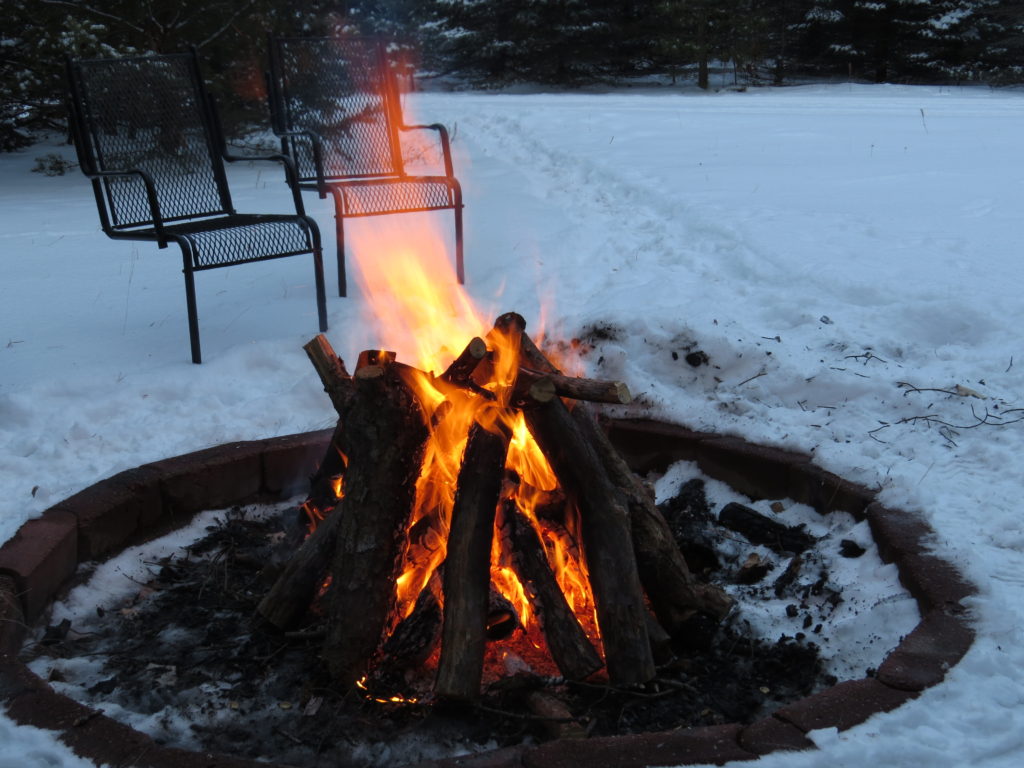
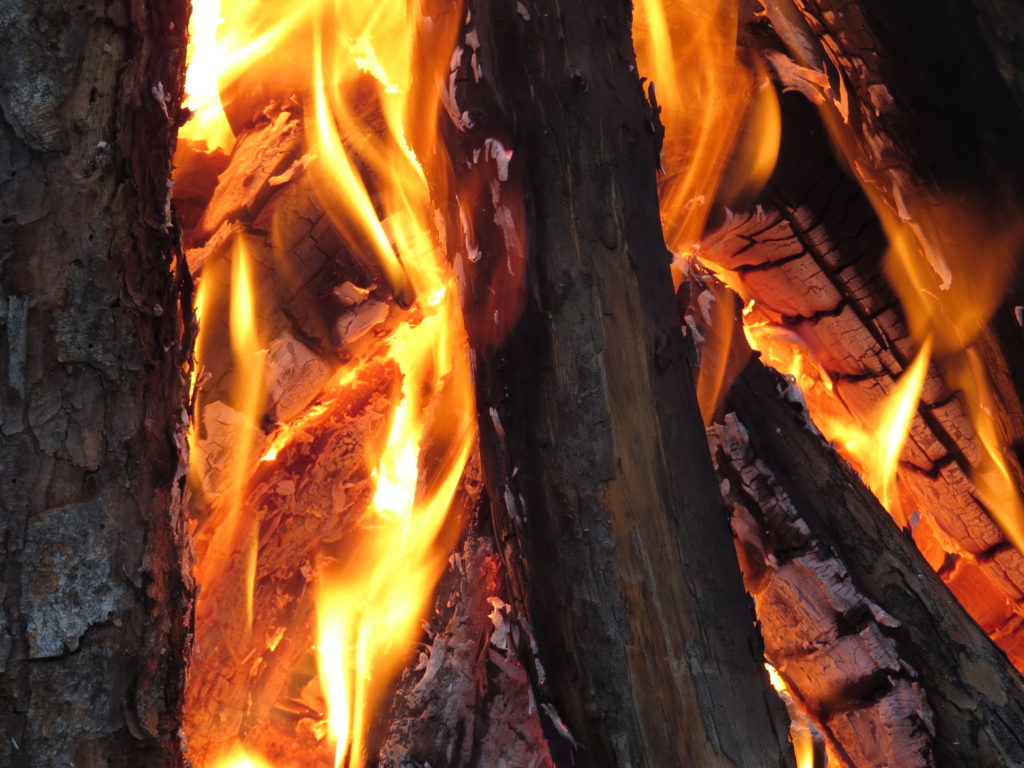
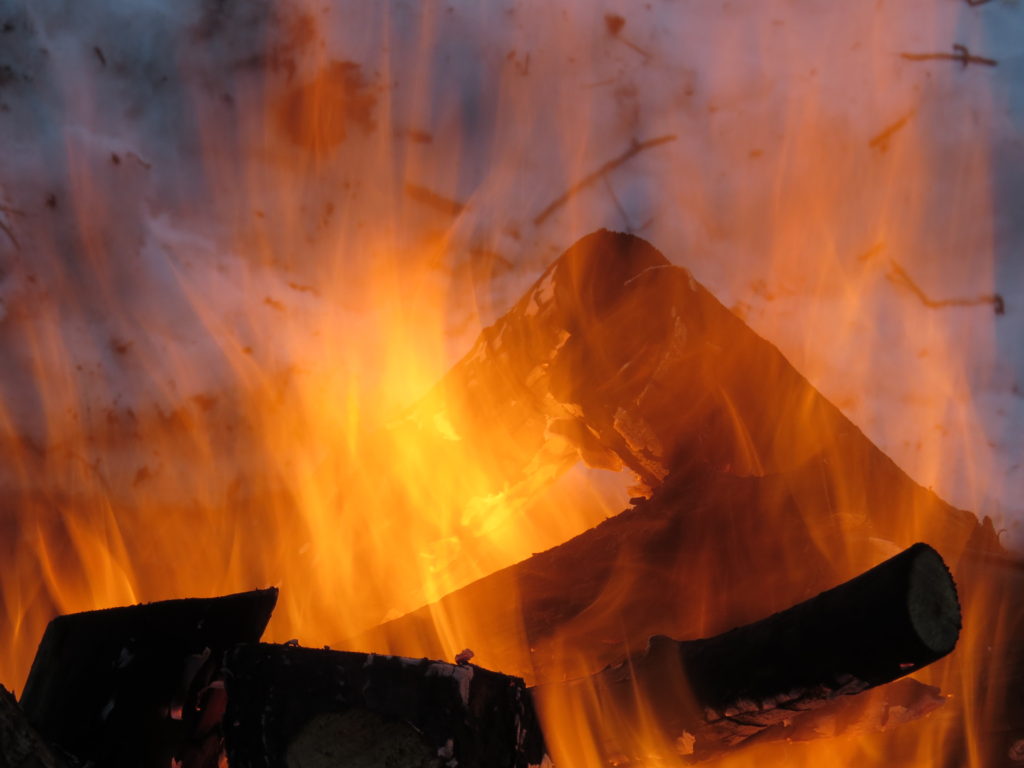
There cannot be fire without fuel. Chris’ summer clean-up work has given us a stack of fuel—brush for kindling and branches and logs for sustaining a warm Winter fire.
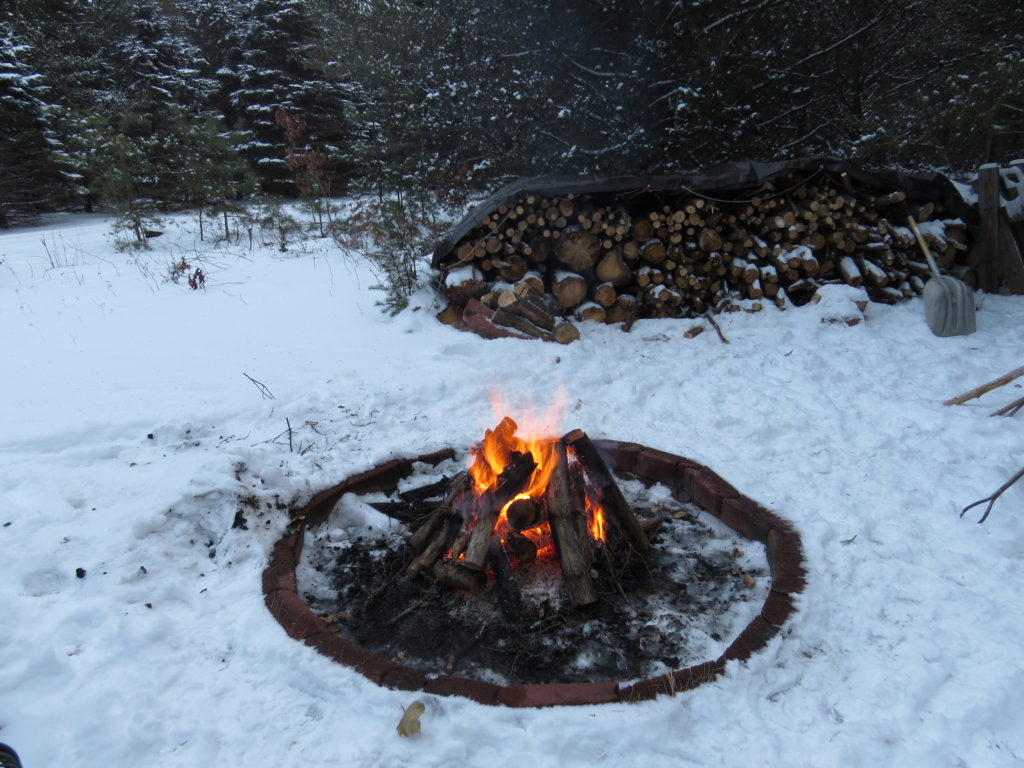
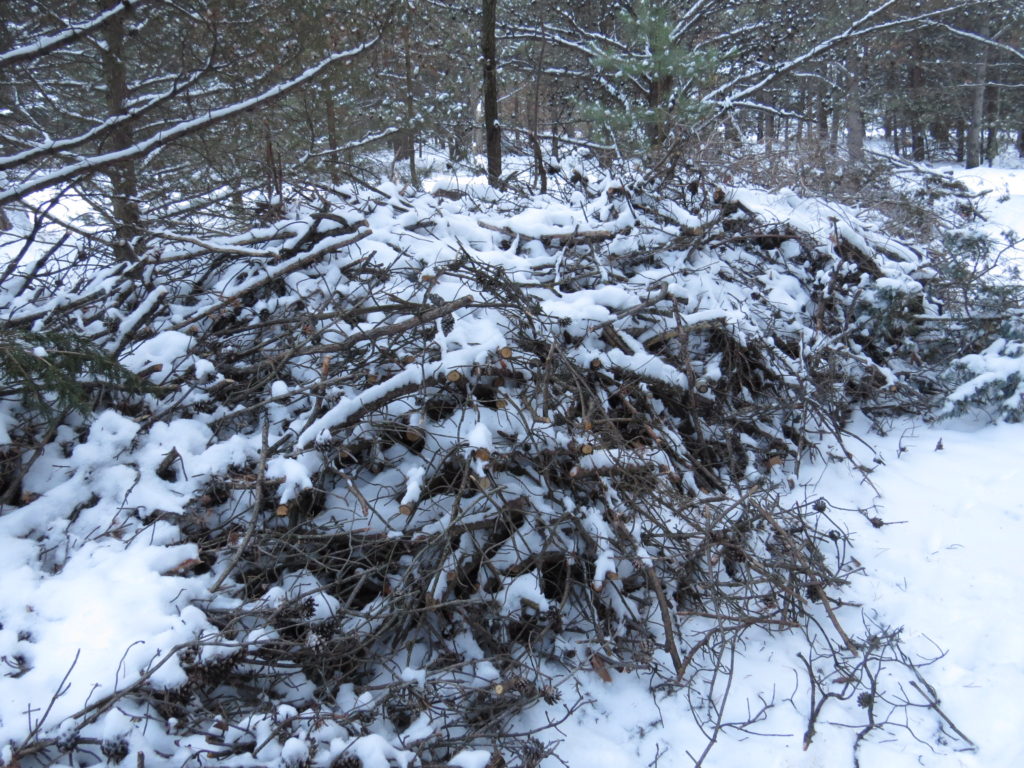
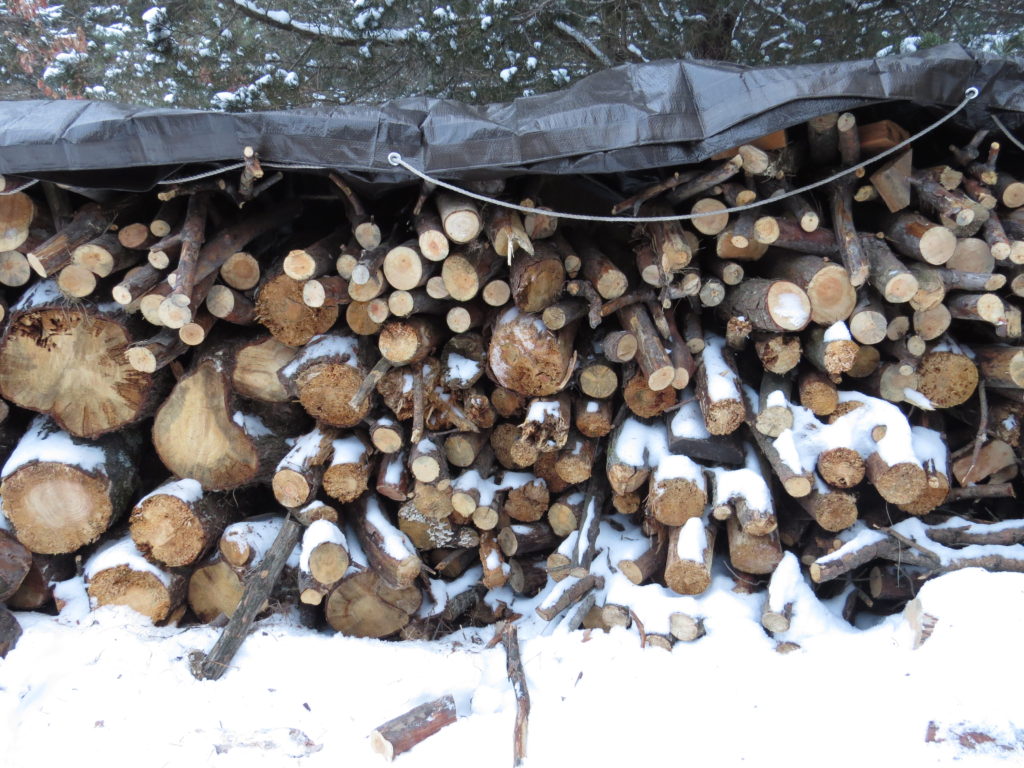
Burning wood is a multi-step chemical reaction—wood + oxygen + heat = carbon dioxide + water + ash (simplified). It is a transformative process where molecules are broken down and new molecules are formed. Heat and light are produced from the chemical reaction. But most importantly, all the atoms are conserved. Nothing disappears or is ‘wasted’—it is just rearranged. Something new is formed from the old.
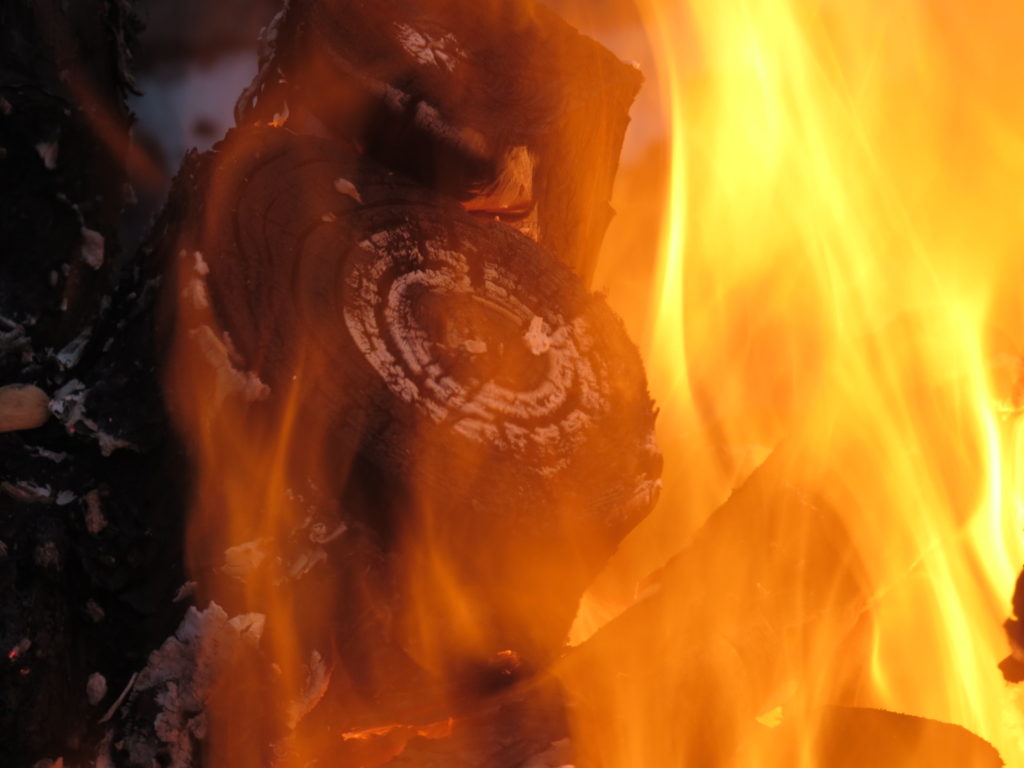
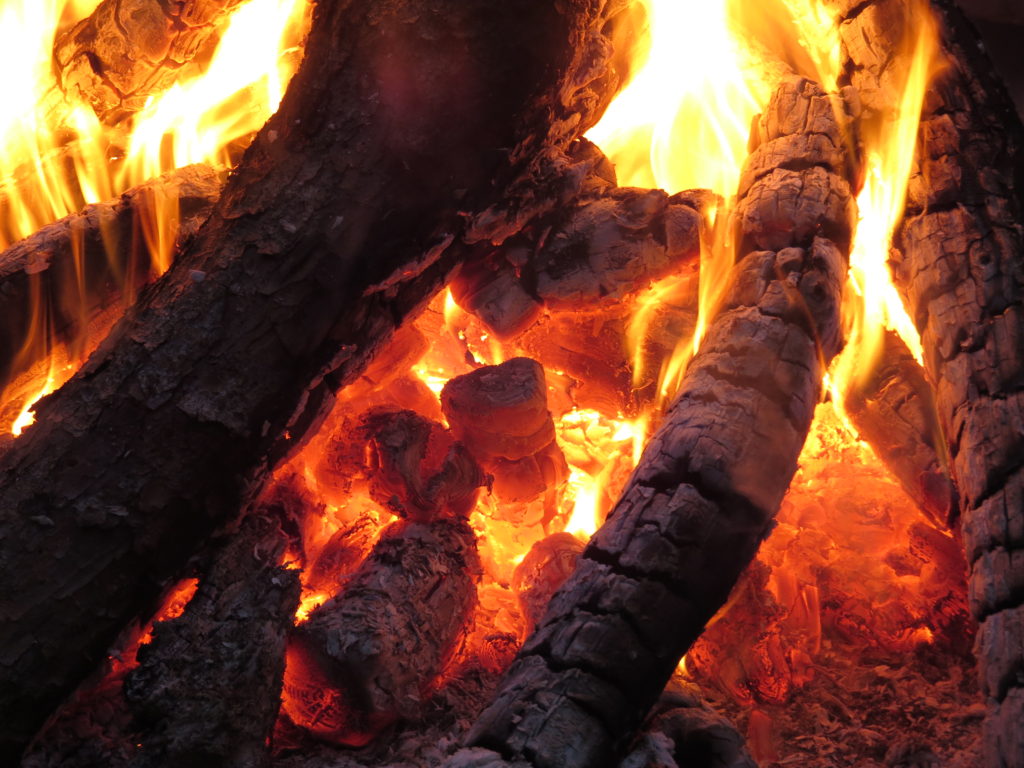
(Fun fact: flames are ‘pointed’ because of gravity and subsequent pressure differences.)
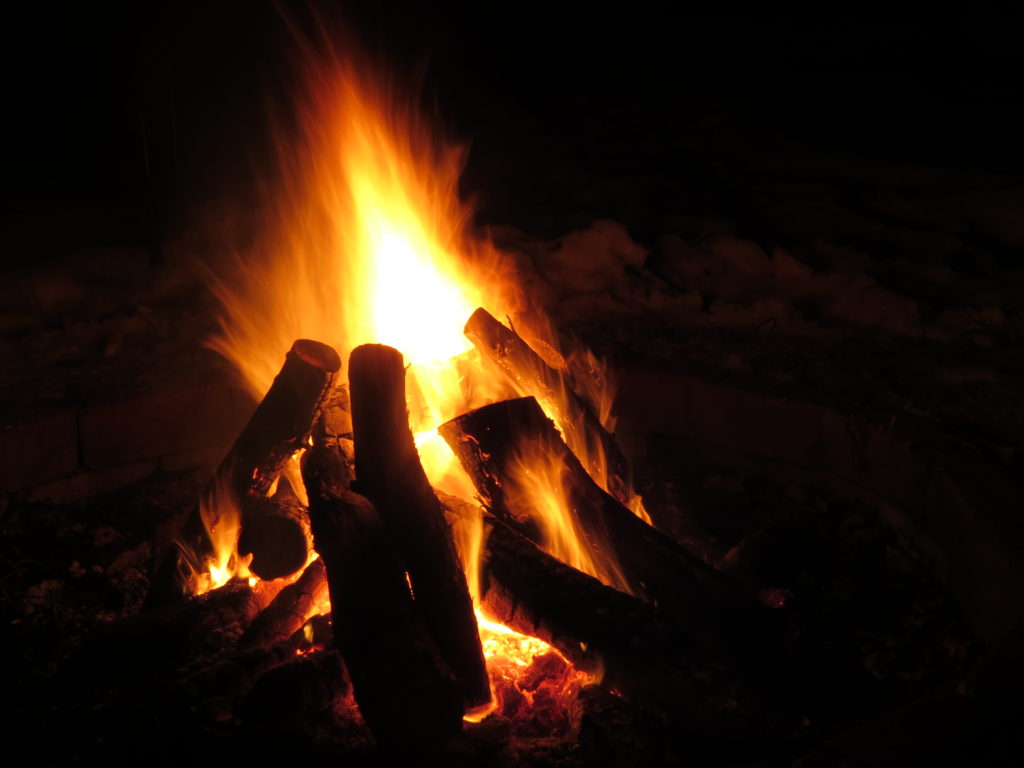
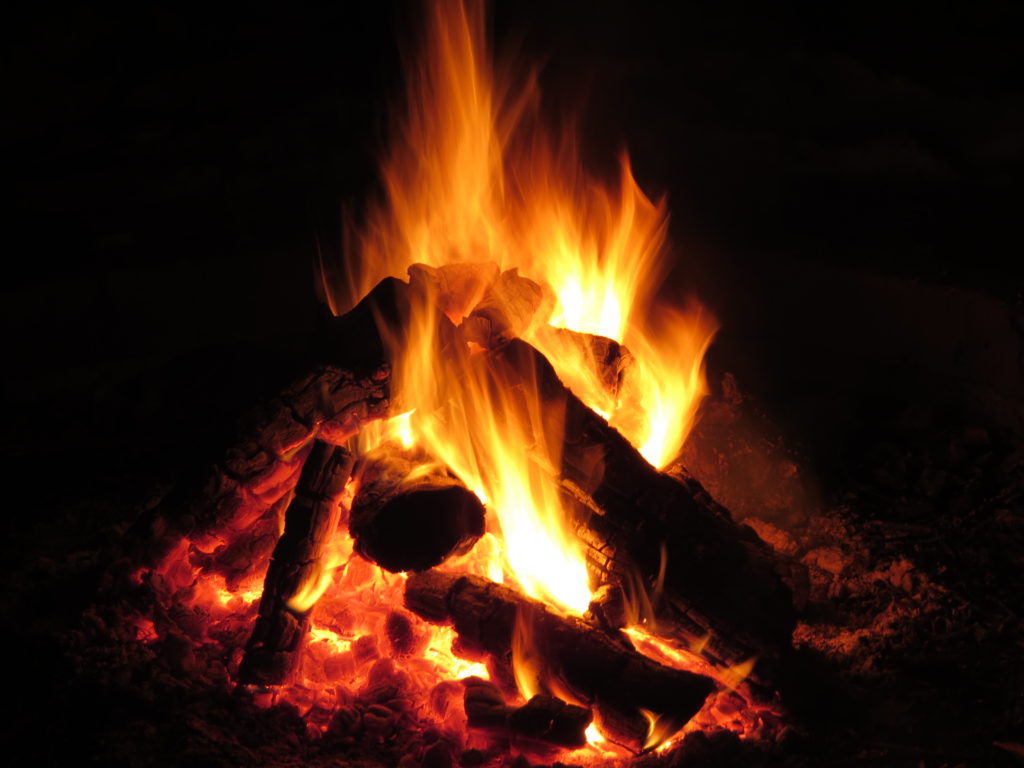
Our New Year’s fire, complete with a visit from a wise, wonderful friend, was a multi-layered transformative process. Warmth and light were produced as we and wood were transforming. So while we each get to decide what to keep and what to purge at any time in our lives, we always carry our past, our present, and our future. Some of us like to hold the material, realistic, factual items of our past; others throw them away. It is understandable that we want to purge the hurts and pain, the disappointments and soul-searing experiences that burden us, and the utter garbage that lies in the wake of destructive power. But nothing is wasted. Cherish the memorable moments. Learn the lessons that need to be learned. Use the fire, use the chemical reaction, use the contained power of transformation to break it down, rearrange, and build it into something new and life-giving. Fuel your fire with love.
